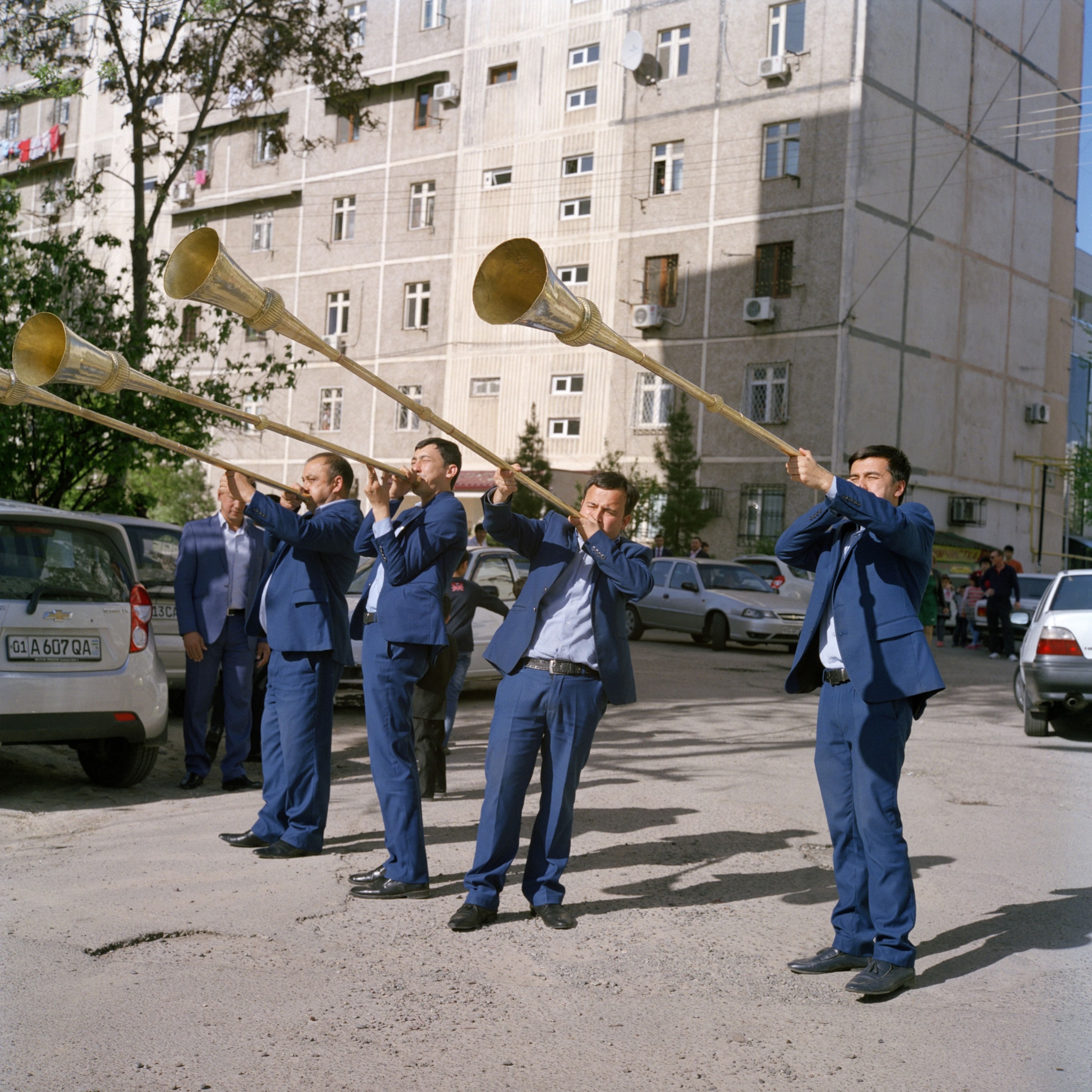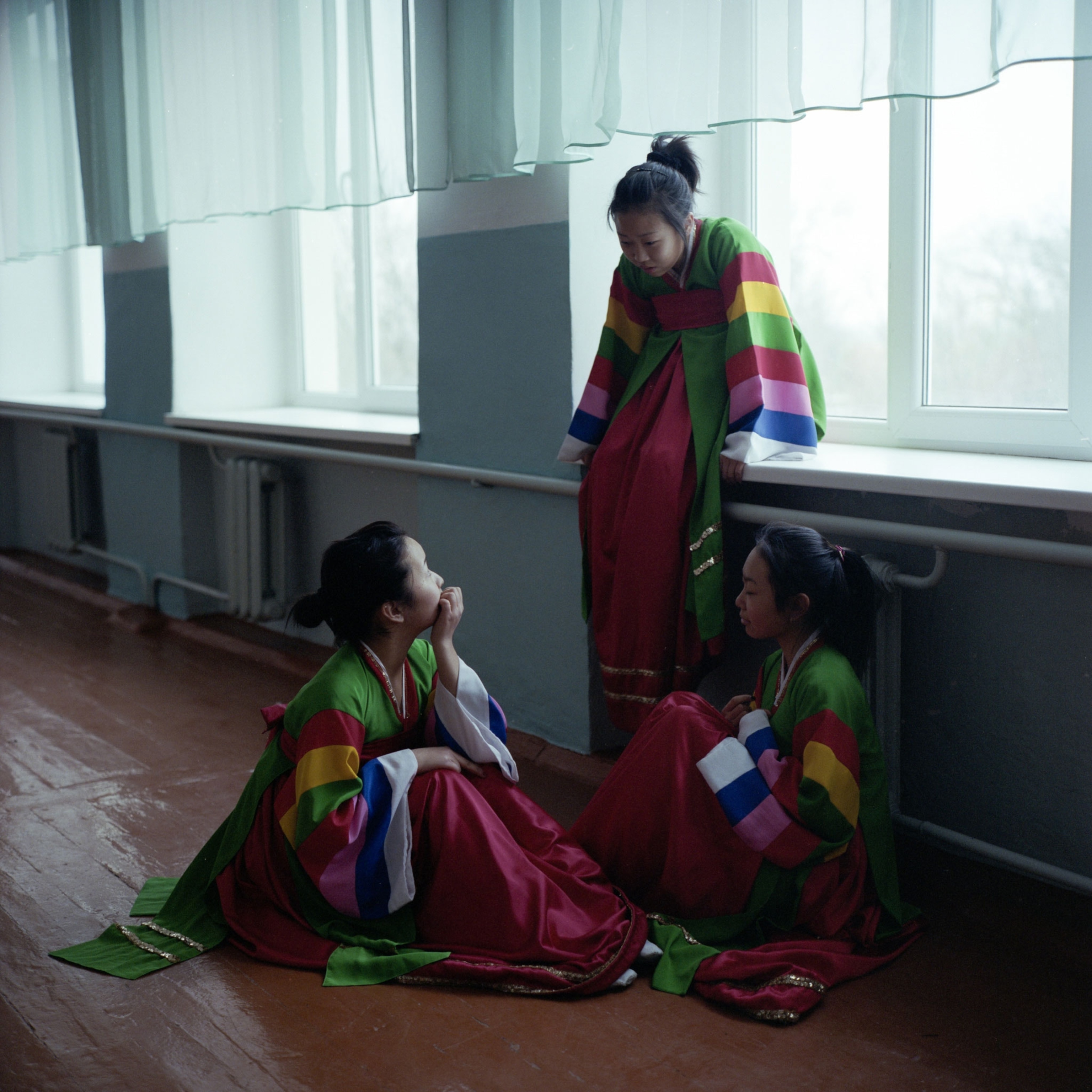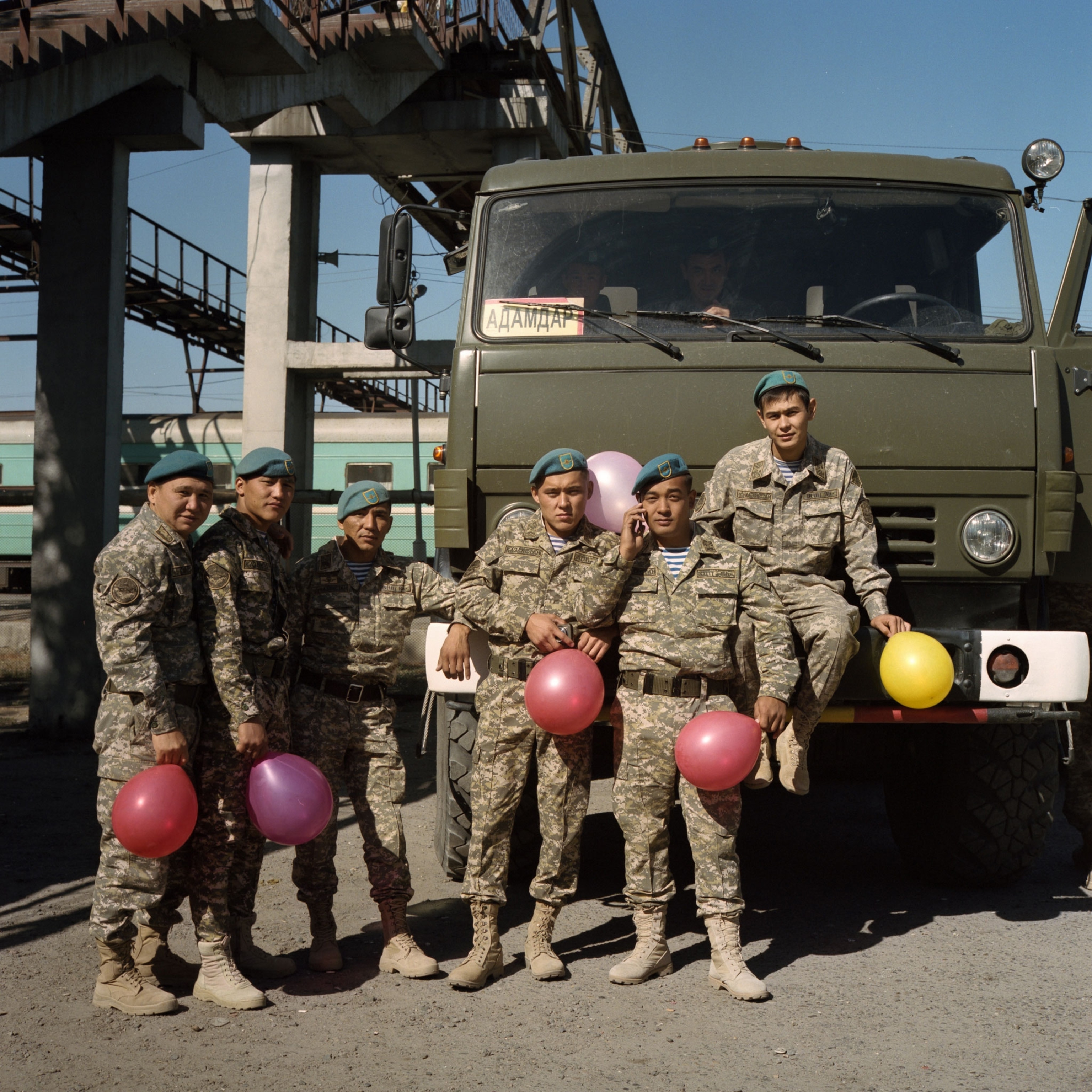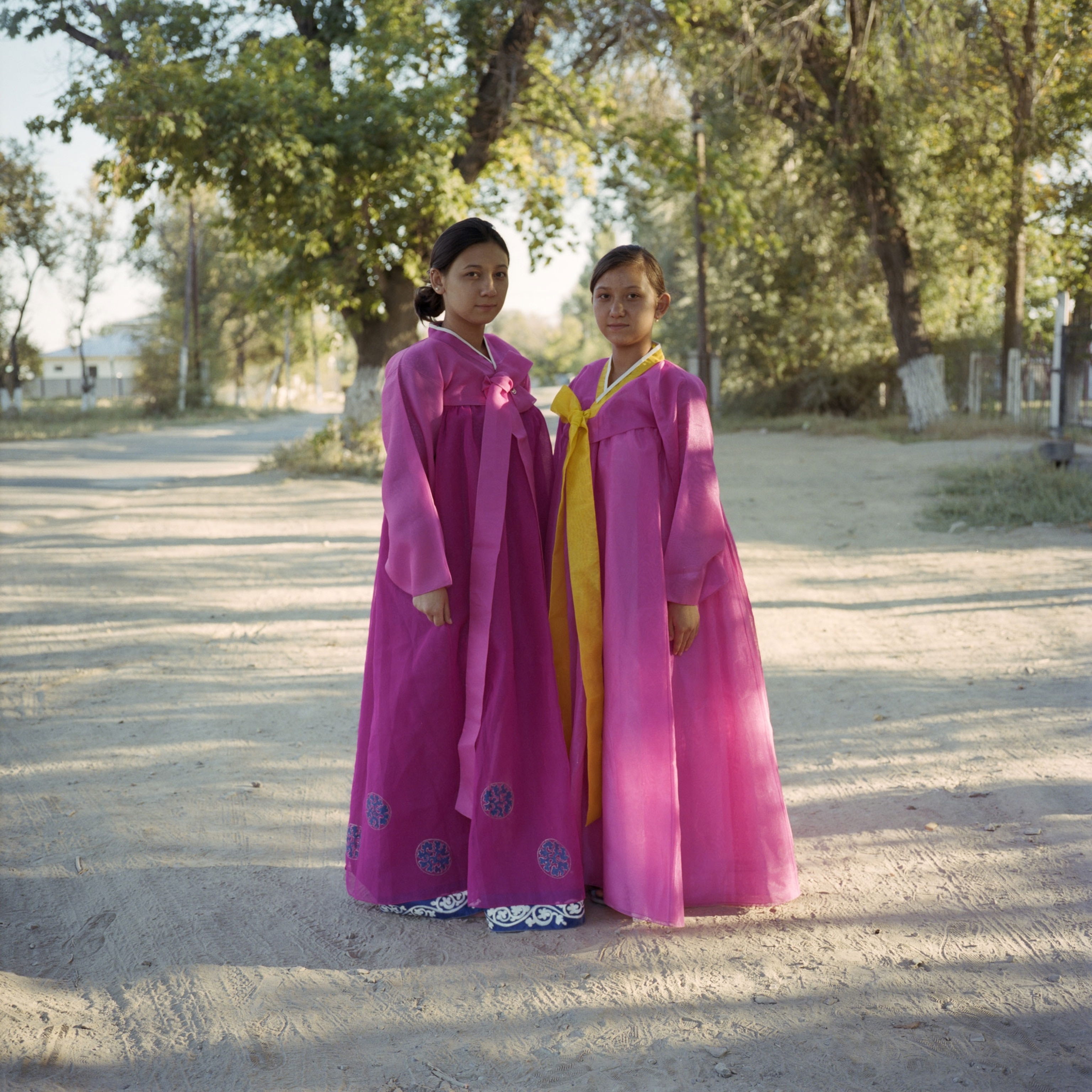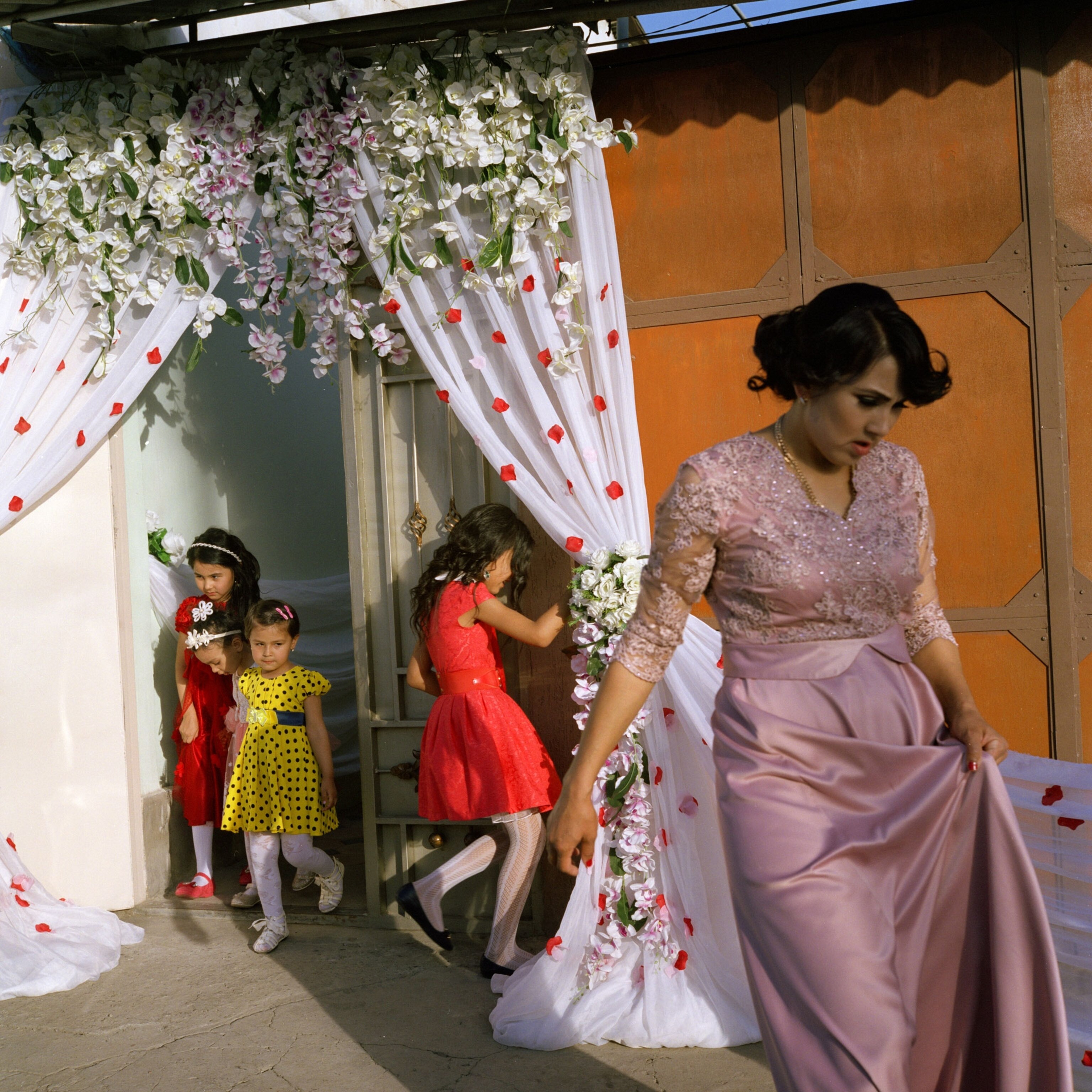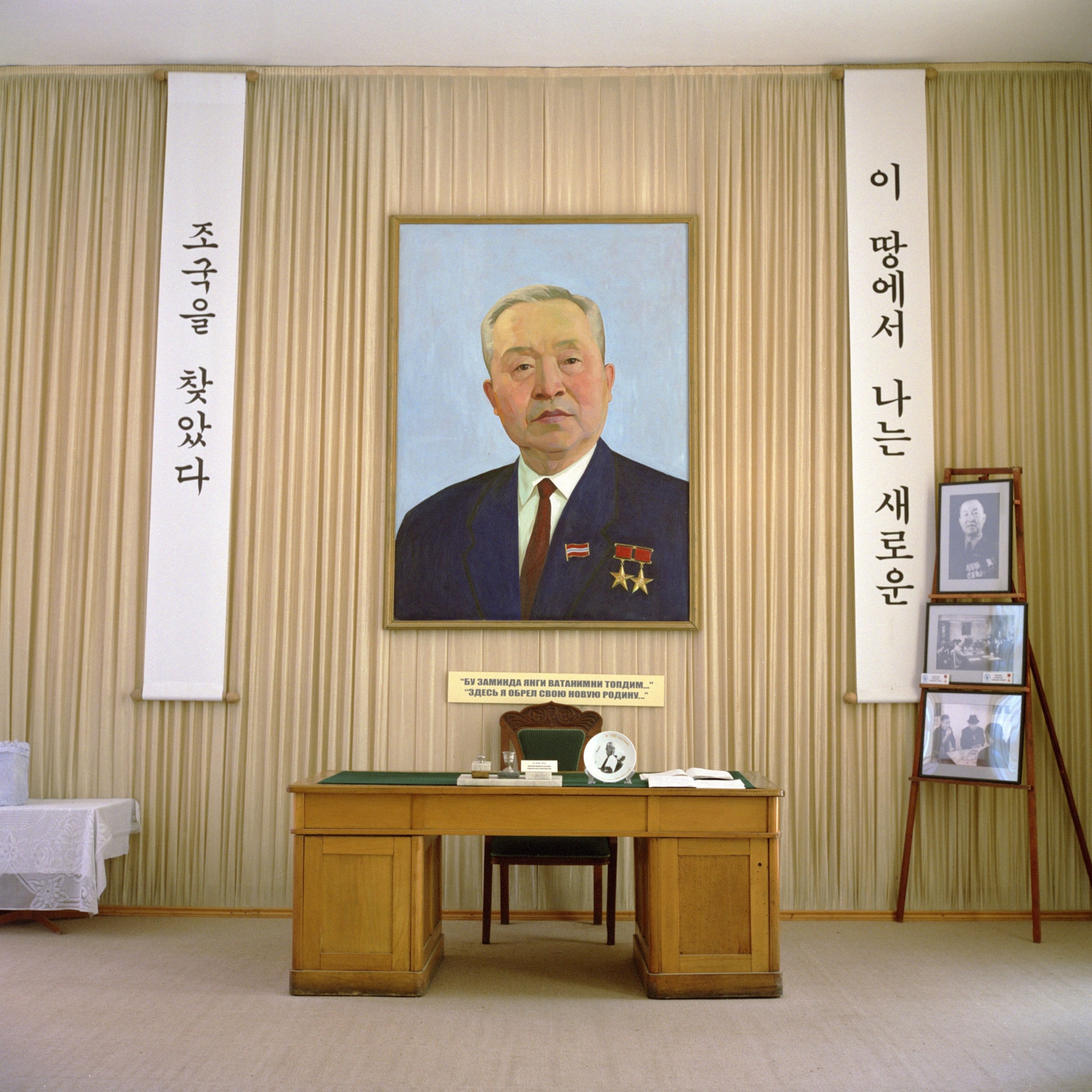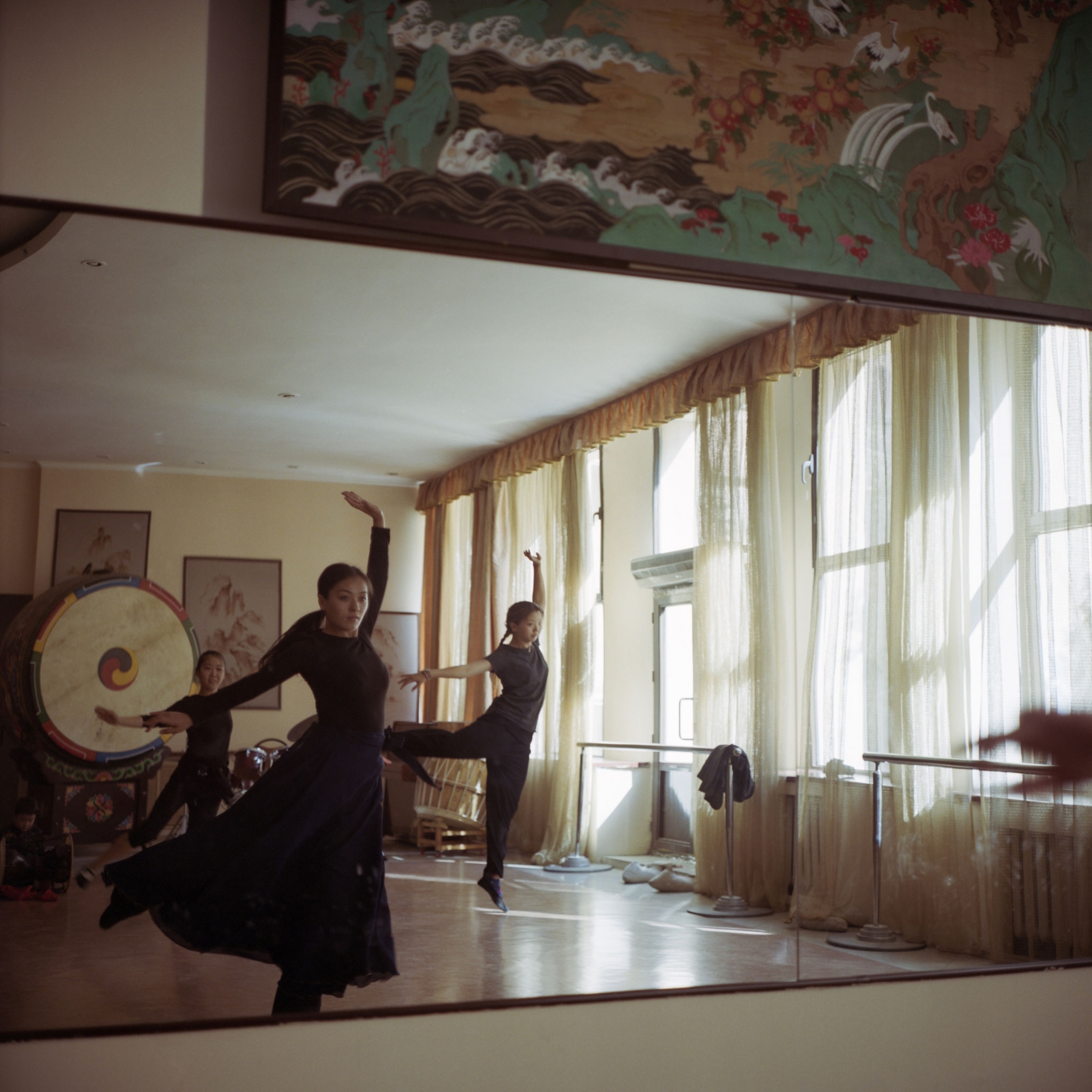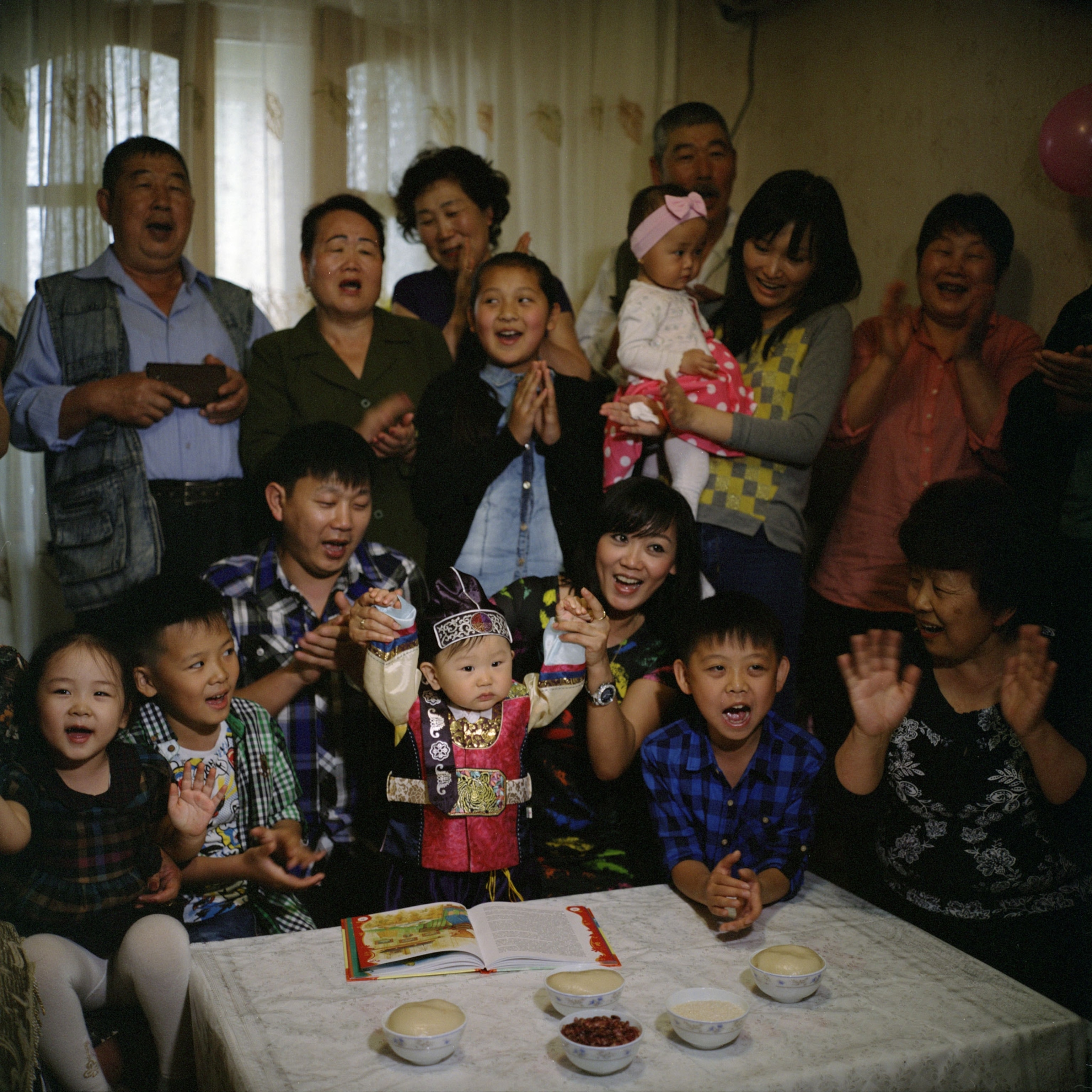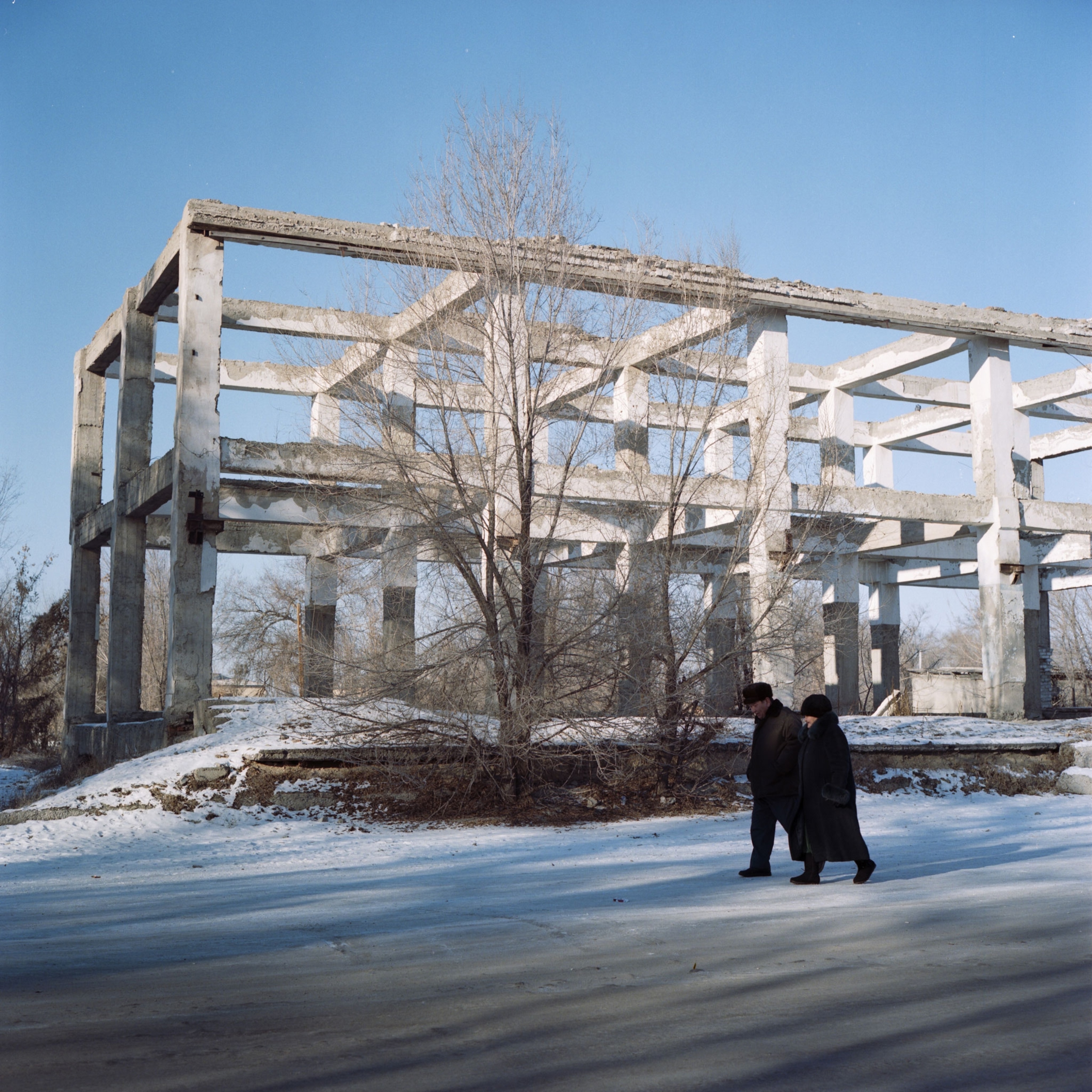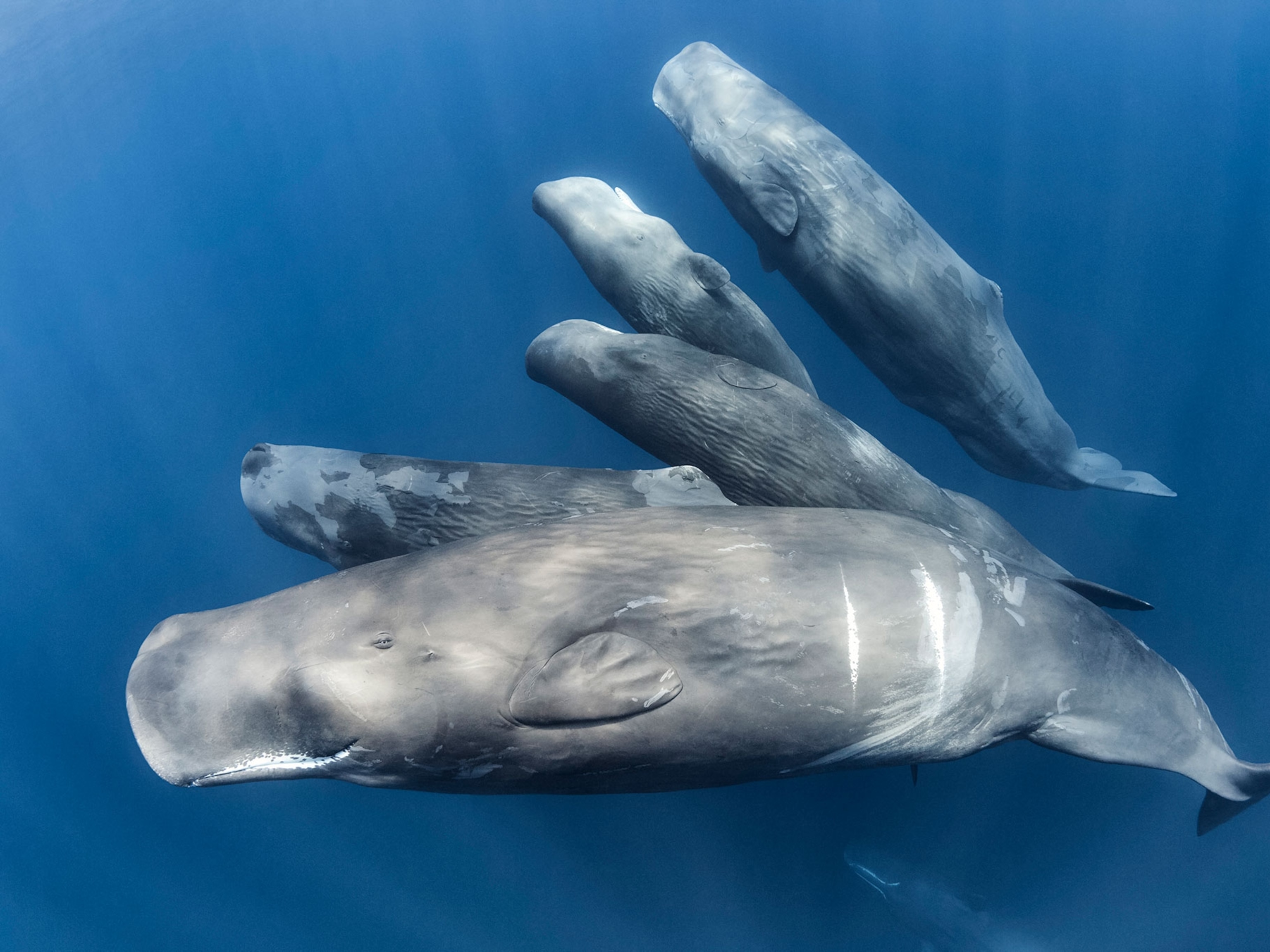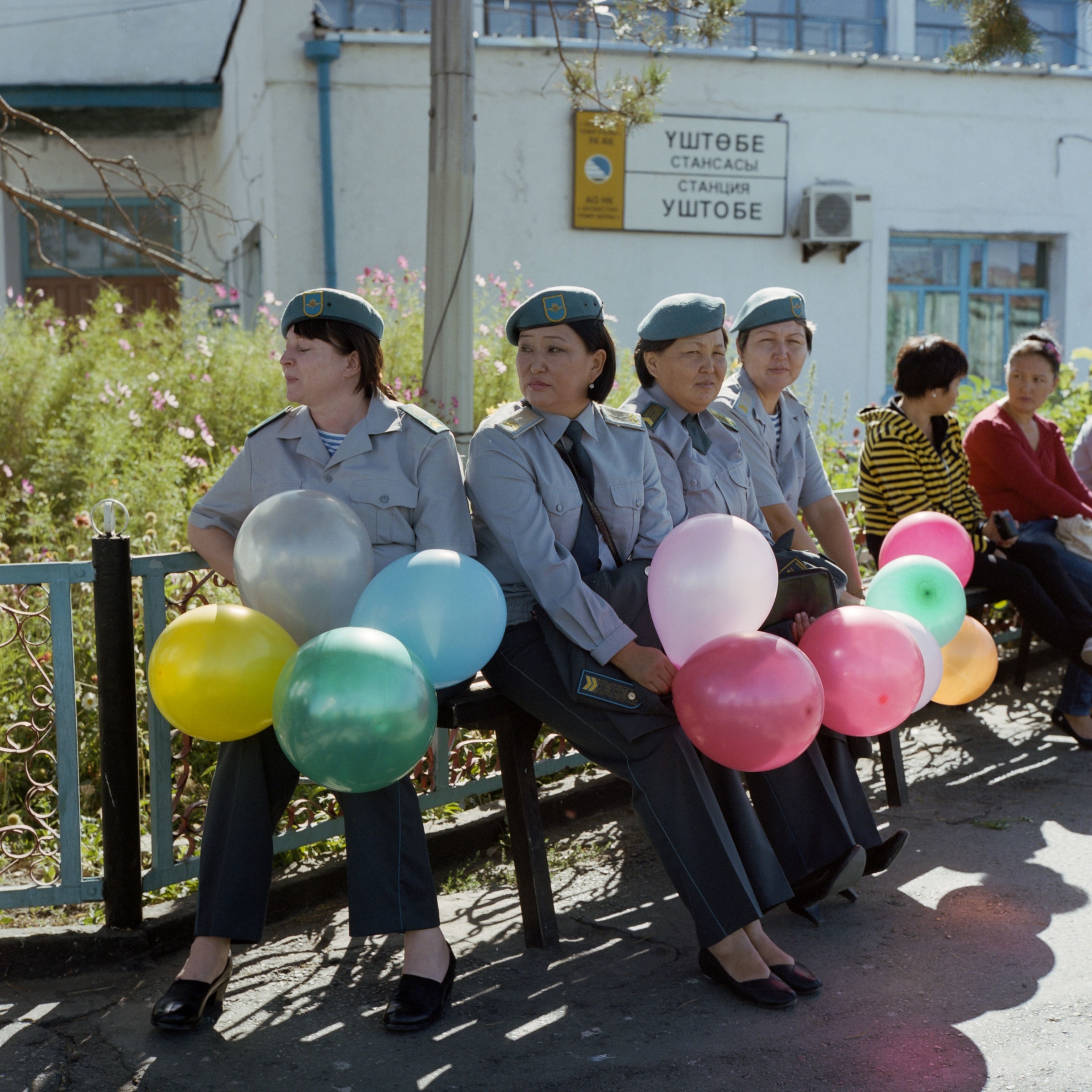
An Identity In Limbo For Post-Soviet Koreans
A mass deportation decades ago brought thousands of Korean immigrants to Central Asia. Now their culture is in danger of vanishing
In the 1860s, Czarist Russia opened up the virtually uninhabitated Far East for settlement, welcoming waves of destitue farmers from the neighboring northern Korean peninsula.
The group quietly flourished while their homeland was suffering from ongoing aggressions from Japan, which eventually annexed Korea in 1910. But in 1937, as Soviet-Japanese border conflicts grew, Stalin became wary of Koreans spying for Japan and ordered their deportation from the Far East to Soviet Kazakhstan and Uzbekistan, where they were expected to start collective farms.
Overnight, tens of thousands of Koreans were told to pack their belongings and depart on windowless cattle trains. The over 4,000-mile journey during Siberia’s harsh winter was bone-shattering. The exiles soon found out that promised building materials and cash assistance would never arrive. Traditionally rice farmers, they also had difficulties adapting to Central Asia’s arid landscapes and nomadic culture.
“All the people I have met who survived the deportation told me that they had no idea they were being deported or why,” says Michael Vince Kim, who has been photographing the Korean diaspora in Central Asia since 2014. “Some starved to death; there were train accidents; some just passed away due to illness.”
Kim, a linguistic student at the time, came across the unique dialect of Koryo-mar spoken by Soviet Koreans while researching his dissertation. The dialect is a curious blend of Russian and a distinct Korean dialect from the northeast that dates all the way back to the 10th century. “It is like a dialect that got frozen in time,” Kim explains, “a window to the past.”
However, decades of forced assimilation led to the adoption of Russian as the first language of most Koreans in Central Asia. After the Korean War, both North Korea and South Korea went through the process of standardizing their languages, wiping out the roots of Koryo-mar.
All the people I have met who survived the deportation told me that they had no idea they were being deported or why.Michael Vince Kim
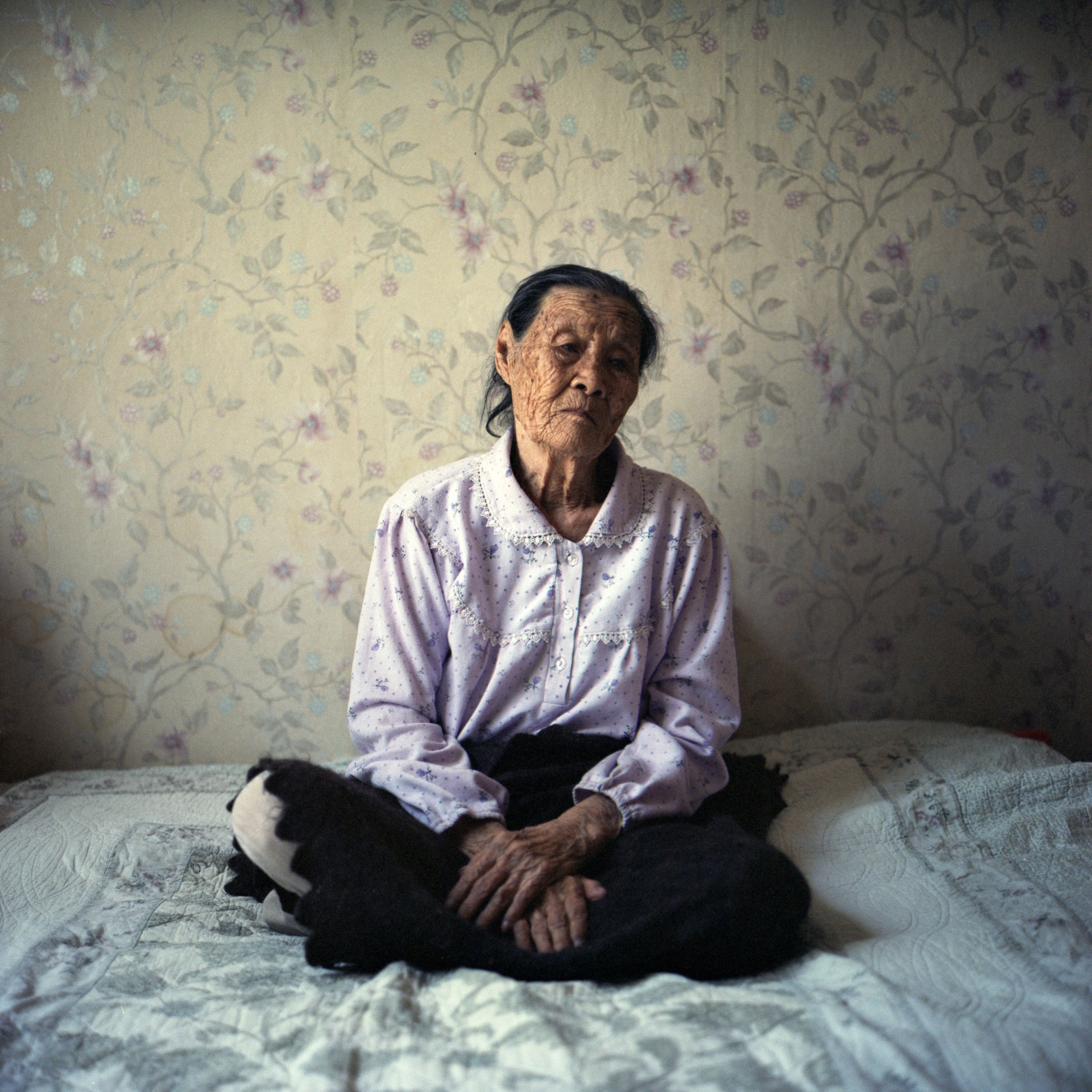
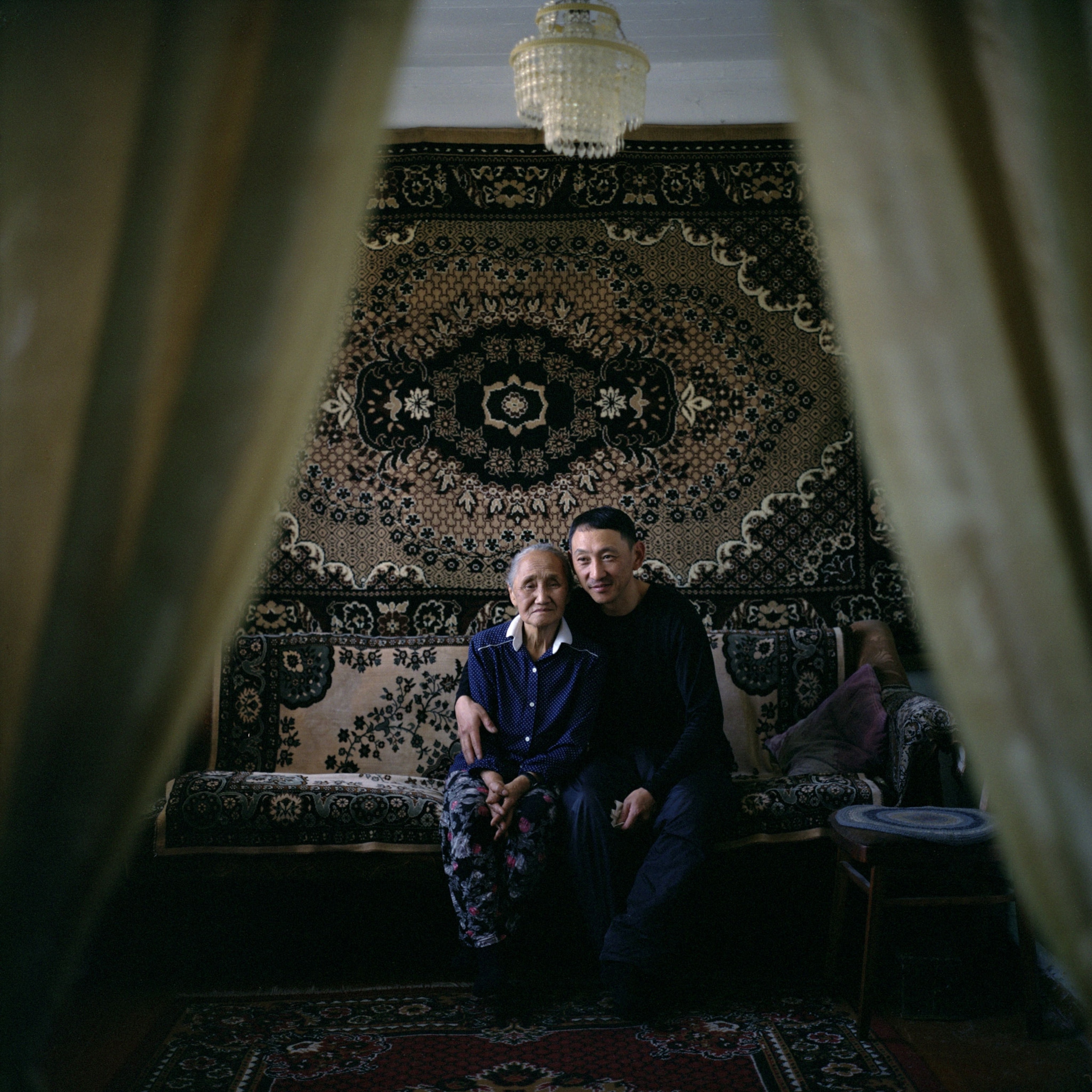
Descendents of Koryo-mar speakers mostly interacted with North Koreans before the 1990’s. But following the collapse of the Soviet Union, South Korean pop culture’s swift and sweeping success presented the country with new opportunities in Central Asia. Today, Korean language schools there are mostly taught by South Koreans. Predating the peninsula’s division, Koryo-mar will soon vanish with the old generation.
“Learning this modern dialect is killing their own dialect,” Kim says. But the linguist-turned photographer is not too concerned about Koryo-mar’s irreversible fate. Instead, Kim hopes his photos will help document the dying dialect and its untold history, but not to revive it.
Kim, whose parents are from South Korea, grew up in Argentina and speaks broken Korean. “I was told in Kazakhstan and in Uzbekistan by several people that they understood me much better than South Koreans who went there,” he says.
“My purpose is absolutely not to look at the past in a romantic way, but to show the world how things evolve and how circumstances change culture,” Kim says. “I would not like a culture to be preserved like something that lives in a museum.”
The portraits Kim created of the Korean diaspora, as a result, poetically capture a sentiment he and his subjects share — a lingering sense of identity, displaced.

